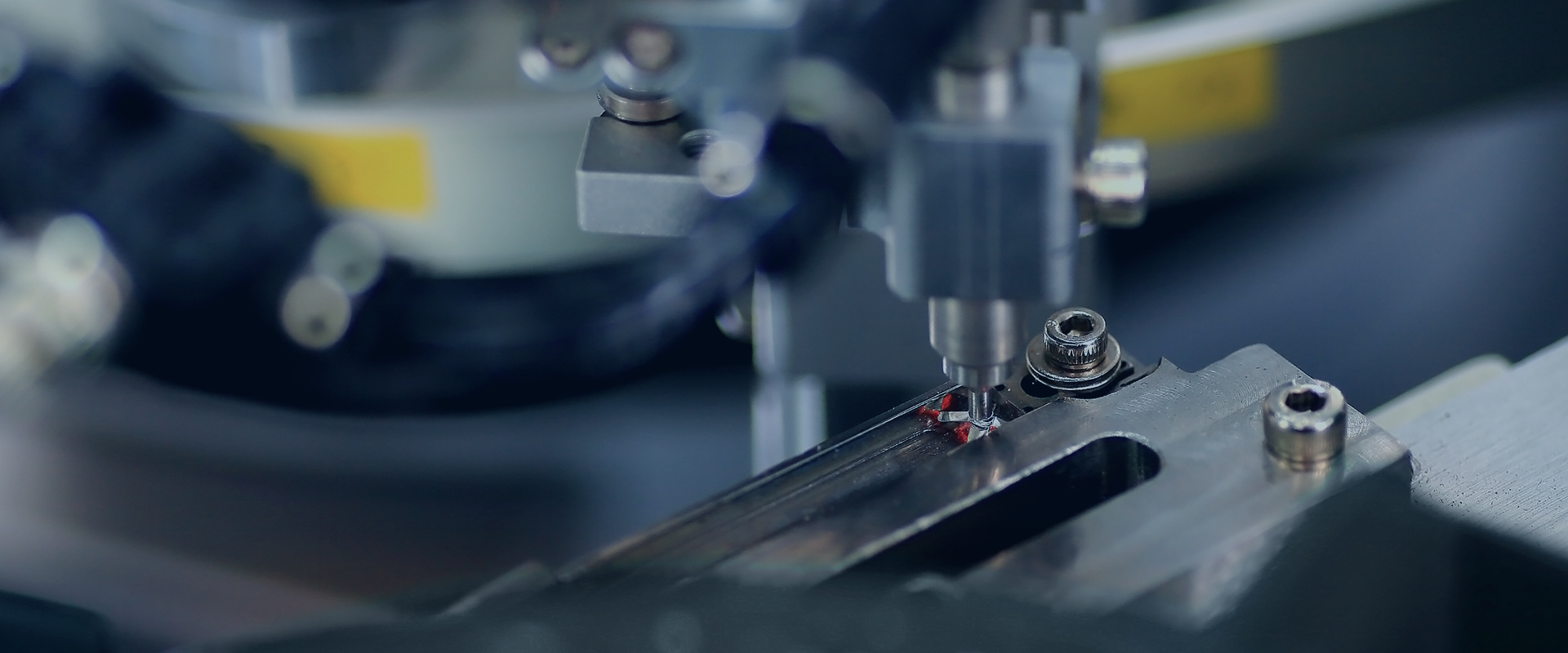Thermal protection is a crucial aspect of safeguarding electrical, mechanical, and electronic systems against the risks of overheating. Whether it's a motor driving an industrial fan, a household appliance, or a high-precision medical device, managing temperature is vital for ensuring safety, reliability, and long-term performance. Among the various thermal protection technologies available today, they can generally be divided into two basic types: passive thermal protection and active thermal protection.
Understanding these two categories is essential for engineers, technicians, and product designers who aim to develop systems that operate safely under varying thermal conditions. In this article, we will explore each type in detail, including how they work, their applications, and their benefits.
1. Passive Thermal Protection
Passive thermal protection refers to systems or materials that resist, reduce, or delay the transfer of heat without the use of sensors, electrical components, or active control systems. These methods do not require any power to function and are typically based on physical properties like thermal conductivity, reflectivity, or resistance to heat.
How It Works
Passive protection acts as a barrier or buffer to high temperatures. It does not react to temperature changes in real time but rather helps prevent heat from reaching sensitive components by slowing down heat transfer or distributing it away from critical areas.
Common Forms of Passive Thermal Protection
Thermal Insulation Materials
Materials like fiberglass, ceramic fiber, aerogels, and mineral wool are used to cover or wrap heat-sensitive components. These materials have low thermal conductivity and effectively block or delay heat flow.
Heat Shields and Barriers
These include reflective foils, metal plates, or coatings that deflect radiant heat away from vulnerable parts.
Thermal Paste and Pads
Often used in electronics, thermal pastes or silicone pads help conduct heat away from high-heat areas like CPUs to heat sinks for dissipation.
Heat Sinks
Heat sinks absorb and distribute heat over a larger surface area to improve cooling, often used in conjunction with passive or forced airflow.
Applications of Passive Protection
Electric motors and transformers
Consumer electronics (laptops, gaming consoles)
Automotive parts (exhaust systems, engine components)
Aerospace and defense systems
Industrial furnaces and ovens
Advantages of Passive Thermal Protection
No need for power or electrical connections
Long-lasting and low maintenance
Simple to implement and cost-effective
Can function in extreme or remote environments
Limitations
Doesn’t actively respond to changing temperatures
Cannot shut down or alert systems when overheating occurs
Less effective when heat sources fluctuate rapidly
2. Active Thermal Protection
In contrast, active thermal protection involves the use of sensors, control circuits, and interrupt mechanisms that monitor temperature and respond dynamically when preset limits are exceeded. These systems are proactive in managing heat, typically shutting down equipment or triggering alarms to prevent overheating.
How It Works
Active thermal protection relies on real-time monitoring. When a sensor detects that the temperature has exceeded a safe threshold, it sends a signal to a controller that takes action—such as stopping the motor, cutting power, turning on cooling fans, or alerting the user.
Common Types of Active Thermal Protection Devices
Thermal Protectors (Thermostats/Bimetal Switches)
These are compact, automatic reset devices that interrupt current flow once a specified temperature is reached. Once the temperature drops, the circuit resets.
Thermistors (NTC/PTC)
Temperature-sensitive resistors that either increase (PTC) or decrease (NTC) resistance with temperature. They are often part of a control circuit and help in precise temperature sensing.
Thermal Fuses
These are single-use devices that break the circuit permanently when a critical temperature is exceeded. Often used in appliances like coffee makers, toasters, or hair dryers.
Digital Temperature Sensors
Integrated circuits that measure temperature and transmit data to control systems for automated responses.
Applications of Active Protection
Electric motors and compressors
HVAC systems
Medical equipment
Power supplies and batteries
Solar inverters and controllers
Advantages of Active Thermal Protection
Real-time monitoring and automatic response
Prevents overheating damage by disconnecting power
Can be integrated into complex systems for precise control
Provides alarms or diagnostic data for maintenance
Limitations
Requires electrical power to operate
More complex and expensive than passive methods
Potential failure of electronic components over time
Passive vs. Active Thermal Protection: A Quick Comparison
Feature | Passive Thermal Protection | Active Thermal Protection |
Function | Slows or blocks heat transfer | Monitors and responds to temperature changes |
Power Required | No | Yes |
Response Type | Preventive but static | Dynamic and reactive |
Common Examples | Insulation, heat shields, heat sinks | Thermal protectors, thermistors, thermal fuses |
Applications | Static environments or where power is limited | Systems requiring precise thermal management |
Maintenance | Minimal | May require calibration or replacement |
Integrating Both for Optimal Protection
In practice, the best thermal management systems often combine both passive and active protection. For instance, an electric motor may be insulated (passive) and also equipped with a thermal switch or thermistor (active). This hybrid approach ensures both long-term resistance to heat and immediate action if dangerous temperatures arise.
In high-risk or high-performance industries—such as aerospace, medical technology, or automotive manufacturing—such layered protection strategies are essential for compliance, safety, and longevity.
Understanding the two basic types of thermal protection—passive and active—is essential for designing and maintaining safe, reliable systems across industries. While passive protection serves as a constant physical barrier to heat, active protection offers dynamic response and control. Each has its own strengths and ideal applications, but when used together, they provide comprehensive defense against the ever-present threat of overheating.
Investing in the right thermal protection isn’t just about extending the life of equipment—it’s about protecting your investment, ensuring safety, and maintaining uninterrupted performance.













 中文
中文 English
English Deutsch
Deutsch Italiano
Italiano 한국어
한국어 にほんご
にほんご


